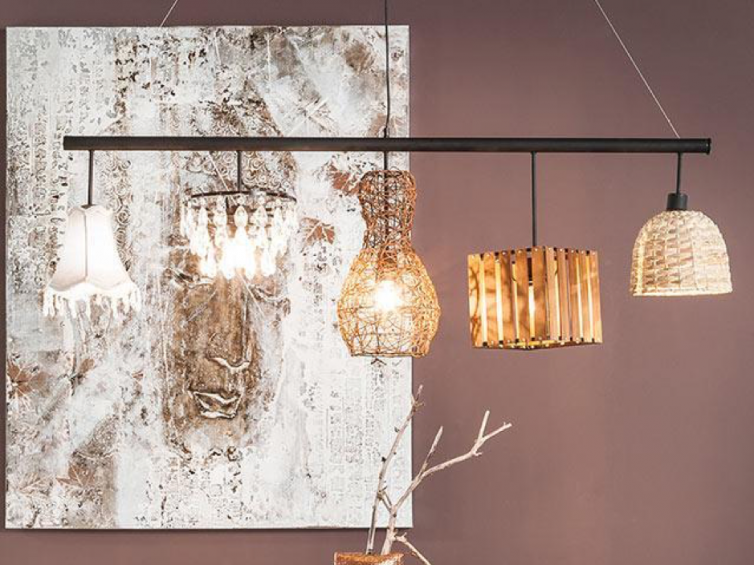As we head into winter, you’ve probably noticed the days are getting shorter, greyer and gloomier. Now’s the time to update the wall lighting in your living room and create a cosy atmosphere for the months ahead.
But what if you haven’t shopped for designer wall lighting before? It can feel like an overwhelming challenge. There are so many options to choose from and lots of crucial factors to take into account. That’s why we’ve written this handy guide for you today. We’ll walk you through the process of choosing and buying wall lighting for the living room.
First things first, why do I need designer wall lighting?
Of course, a bog-standard ceiling lamp will do the job of lighting your living room, but a designer option will add a certain je ne sais quois to the space. It’s like choosing the perfect piece of jewellery to complement and enhance your outfit. Depending on what you’re hoping to achieve, the right lighting fixture will add charm, provide softness, make a statement or give your room a contemporary twist.
Points to consider:
Before hitting the shops, assess your living room, make a lighting plan and consider a few practicalities. Think about:
- The existing natural lighting levels in the room – take a good look around the room in the daytime. Are there any spaces that need an additional boost?
- The size of the room – will you need one light to enhance the space or multiple fixtures?
- The setup – Do you want one central lighting source as a central focus for the room or a combination of downlight and lamps to create a cosier feel?
If you’re not confident, work on your plans with an interior designer, architect, electrician or specialist lighting company such as Lights.co.uk. With their ten years of experience and a huge array of lights (30,000), they can help guide you through the process.
What type of lighting are you installing?
There are three main types of lighting. Mix and match between the three for your lighting plan:
- Ambient lighting – also known as general lighting. This provides overall illumination to a room. Installing a large pendant or recessed downlighter will achieve this.
- Task lighting – this will provide targeted light for jobs, such as working or reading. Perhaps consider a reading lamp next to an armchair or a lamp for a desk.
- Accent lighting – literally shine a spotlight on an object or architectural feature you’d like to highlight. This could be a piece of artwork or a glass cabinet, for example.
Choosing light fitting fixtures:
Now it’s time for the fun part, choosing the light fixtures themselves! Here’s what you need to think about:
- Your budget – plan your budget before shopping. Think about the price of each fixture and the cost of installation. Remember to allow for extras, like new junction boxes, switches and downrods.
- The aesthetics of the room – the lighting fixtures will need to go hand in hand with the furniture and furnishings in your room. Choose something to suit the colours and style of your space.
- Energy usage – select a fixture and bulb with a decent low energy rating to help reduce consumption and therefore save costs.
